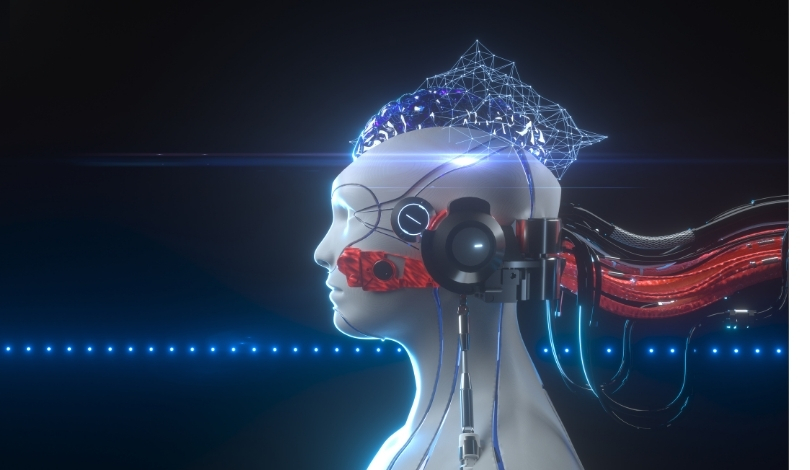Imagining the fantastic world where humans converse effortlessly with animals might not be just whimsical storytelling in children’s books anymore. This possibility edges closer to reality thanks to a new initiative set by Jeremy Coller, a prominent British financier. His vision for the Coller Dolittle Challenge seeks to unravel the secrets of interspecies communication through innovative technology. The quest to break this communicative barrier aims not only to advance understanding of animal behaviors but also reshape interaction paradigms between humans and other species. Previous research efforts have laid groundwork that this initiative hopes to expand upon.
Efforts to decode animal communication have occurred over past decades, employing advanced technology such as artificial intelligence. The initiative aligns with previous projects by companies like Google and long-term academic engagements with various animal species, from dolphins to bats and whales. Google’s AI tools aiding dolphin communication studies and algorithms decoding bats’ interactions illustrate continuing evolution in this field. These projects have provided valuable insights and form a foundation for Coller’s recent challenge.
How Will the Challenge Progress?
The Coller Dolittle Challenge offers an impressive incentive for achieving breakthroughs in animal communication. Investors have pledged a substantial prize fund totaling $10 million for decoding animal communication successfully. Until that major milestone is reached, an annual prize of $100,000 will support promising research avenues targeting different animal species. The first recipient, Laela Sayigh, leads a project utilizing AI to decode dolphin whistles and enhance comprehension of their communicative frameworks.
Which Technologies Fuel the Research?
Central to Sayigh’s project is the use of AI and machine learning to scrutinize dolphin whistles’ patterns. With a longstanding dataset of bottlenose dolphin recordings from Sarasota Bay, Sayigh’s team aims to classify these sounds to illuminate previously opaque aspects of dolphin language. Their work leverages AI’s capacity to draw parallels between human and dolphin interactions, facilitating innovative communication bridges.
Is Success Within Reach of Researchers?
While pioneering, the Coller Dolittle Challenge’s ambitions mirror historic analogies such as the decoding of the Rosetta Stone. Coller proposes a reverse Turing test: achieving communication with animals that fool them into believing they converse with peers, not humans. AI advancements may pave the way for these insightful exchanges, driving new understandings akin to breaking the language barriers of yesteryears.
Initiatives like the Coller Dolittle Challenge embody a shift in scientific exploration, underscoring untapped wonders on Earth while others focus on extra-terrestrial ambitions. Providing annual competitive opportunities encourages dedication and innovation toward understanding non-human languages. Beyond its scientific implications, successfully achieving interspecies communication could cultivate richer ecological synergies, fostering better coexistence between human societies and the animal kingdom.










